ON MOLORA AND MOVING FORWARD IN SOUTH AFRICA
Tuesday, April 29, 2008.
Yael Farber is an award-winning playwright and director who was born and raised in Johannesburg, South Africa. She read Dramatic Art at the University of Witwatersrand, and has since directed numerous productions.
Her highly successful production of “Shopping and F**king” received seven South African National Vita Awards including Best Director and Best Production.
In 1998, Yael was invited to attend The Lincoln Theatre Directors Workshop in New York. After a ten month break of travelling in Ireland, Yael went on to direct Fugard’s “Hello and Goodbye”at the Access Theatre in Manhattan, New York. While there, she conceived, wrote and directed “A Woman in Waiting” with Thembi Mtshali at the Joseph Papp Public Theatre.
The production garnered several awards including a Fringe First at the Edinburgh Festival, a Best Performer award at the Carthage Festival, A Best New Script Vita Nomination, and a prestigious Gold Sony Award for Radio Drama for the BBC recording of the piece.
“A Woman in Waiting” did an extensive UK Tour in 2001 and opened on London’s West End a year later. Early in 2000, Yael was an Artist in Residence at Mabou Mines Theatre Company in New York – during which she created a new work “Switch Track”, which was invited for development at The Sundance Theater Laboratory in Utah, USA.
Yael also organised, wrote and directed “Amajuba” for the North West Arts Council in Mmabatho, South Africa. She was awarded the Vita Best Director Award for her African adaptation of Shakespeare’s Julius Caesar “SeZaR” .
Other critically-acclaimed works include Zafara (2003) and “He Left Quietly” (2002) based on the life events of Duma Kumalo – a Death Row survivor of Apartheid South Africa).
Her latest work, Molora, is powerful interpretation about the process of truth and reconciliation. The NewBlack magazine recently caught up with Yael Farber to tell us why she went deep into the reserve of a painful era in the history of South Africa to recreate a poignant stage production.
What’s the inspiration behind Molora?
The inspiration behind ‘Molora’ was a strong desire to represent to the world and the extraordinary acts of grace and general transcendent ability of the everyman and woman in South Africa. Who was able to lead South Africa away from what seemed like the inevitable continuation of the cycles of vengeance that usually follow gross human rights violations.
The image of the ash that floated down on New York City in the days that followed the attack on the World Trade Centres was the trigger for the poignant aftermath of these cycles that reduce us all to ash. (Molora means “ash” in Sesotho).
What were the themes you wanted to bring alive in Molora and why?
I wanted to focus on violence, family dysfunction, grief, violations, justice, vengeance and grace. These themes are present in any area of conflict in the world – and so beautifully articulated by the Greek Classics.
There are those who argue that so much has been written about South Africa’s Truth and Reconciliation Commission hearings and we need to move on and build a new history, what’s your response?
We cannot move forward until we truly, and with great integrity, look back. We cannot go forward until we know where we come from. The simple act of acknowledging our past is a step away from denial towards the possibility of healing. It is a beginning. It would be deluded to think the hearings were the entire process. The disillusionment inherent in this expectation is inevitable. But to testify – to speak, hear and be heard – is a beginning.
What has the process of developing Molora from its early stages to finished product as seen on the live stage?
I conceptualized the basic notion of the work. I went to the rural Transkei to meet with The Ngqoko Cultural Group and tell them the story. It was immediately apparent that they were the chorus: The conscience of the community. We first created the show 5 years ago.
I would write at night and rehearse during the day. Each time we have revived the show I have been able to push a little closer to my vision of all it can be. I am one of those directors/ creators who does not believe in an end to a process. It just keeps revealing itself. It already exists – it’s up to us to chip away at the stone a little more each time and help it emerge.
What message did you want to get across to the audience with Molora?
I wanted to represent the extraordinary transition that South Africa made towards democracy – but that it is not an easy journey. It is a dark road back from that kind of damage done… but that far from Africa’s image as the Third World Continent holding a begging bowl – South Africa made apparent a different way to respond to damage and violation. The response to the violence done to its people is an inherently sophisticated response that so called First World Country’s leaders were not able to emulate.
Campaigns of “Shock and Awe” are the more ancient and base way to respond. Violence begets violence. It is a school boy fantasy (encouraged by the Rambos of Hollywood) that we can simply unleash shock and awe upon our “enemies” and that this will bring about the “happy ending”. There is no end. An eye for an eye is a cycle that has no conclusion.
How significant was the use of music to interpret this story?
The beautiful music that The Ngqoko Cultural Group brings to this work is the sound of heart beating in the community. Music brings us to an open and primal state that speaks across cultures and language barriers. Music is where we all come from. The sound the Chorus brings to ‘Molora’ is the sonic ocean that must carry us until we are adrift with no land in sight. Out there we are open to allowing a story to happen to us.
Can you please describe what ‘Molora’ encapsulates to people who have only ever heard about South Africa’s history but never experienced it, and the work of the Truth and Reconciliation Commission?
‘Molora’ encapsulates the great darkness and violence done to generations of South Africans. It does not hold back in representing the violations of the past. But it is an attempt to show how the pursuit of satisfaction to the pain of these violations would clearly have wrought generations of further pain.
The Truth and Reconciliation Commission was a process intended to at least come to terms with the existence of the pain, to break the silence and stop the denial. It is debatable how successful the Commission was in this regard – but it was a beginning for a healing, a humble beginning. ‘Molora’ tries to encapsulate both the limits and the possibility of testimony in the healing process.
What has the response to the production been like in places you have toured?
The response to the work has generally been extraordinary in South Africa, Japan, Germany, Holland and the UK. There are those who found the work too dark or difficult – but for those who are open to the journey that the work invites you on… the response has been very powerful.
What are the significant differences ‘Molora’ and your other previous productions to date?
I have worked both on testimonial work and adaptations of classics. This is an adaptation – but all my work tends to be about pursuing a certain truth and getting to the marrow of South Africa’s past and present. The differences tend to be stylistic – but the spirit in which the work is created is the same: to try to chase the truth of the experience from within a country torn apart by the insanity of ideas of superiority and the sanctioned suffering of people in the name of this deluded superiority.
What do you want people to take away with them when they see your work?
I want people to leave the theatre a little closer to their own truth. If one is moved by theatre – I believe the artists have done their job.
© 2008
Interview by Belinda Otas. She is a London-based freelance journalist and The New Black Magazine’s features and theatre editor. She can be reached at belindaotas@thenewblackmagazine.com
Please e-mail comments to comments@thenewblackmagazine.com
Send to a friend |
View/Hide Comments (0) |

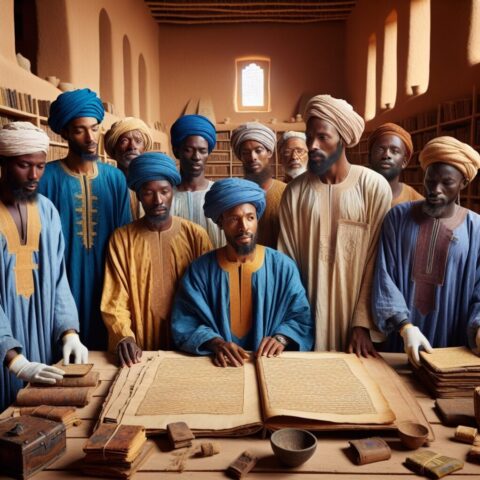
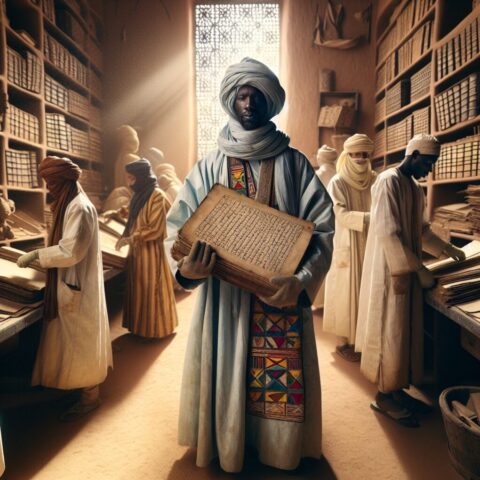
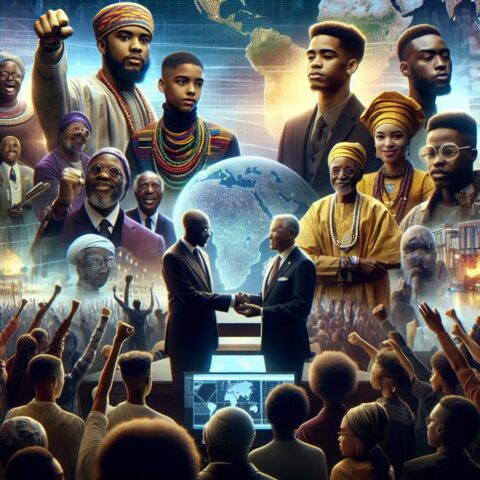
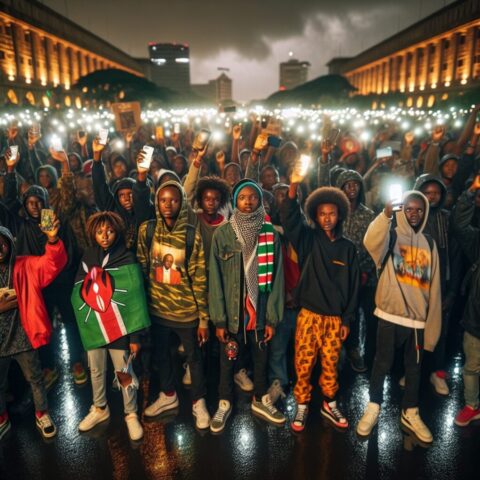
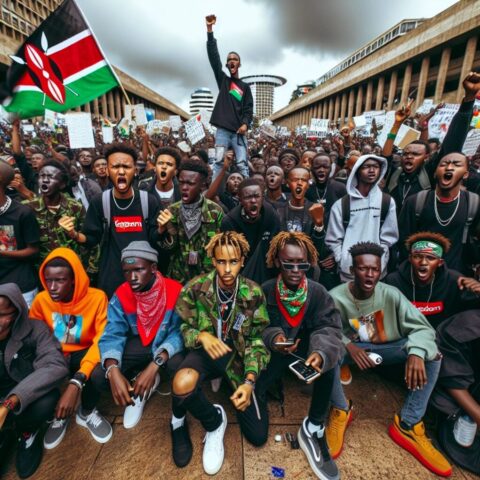
It was validated on 668 node negative cases in the National Surgical Adjuvant Breast and Bowel Project NSABP trial receiving tamoxifen only 60mg priligy